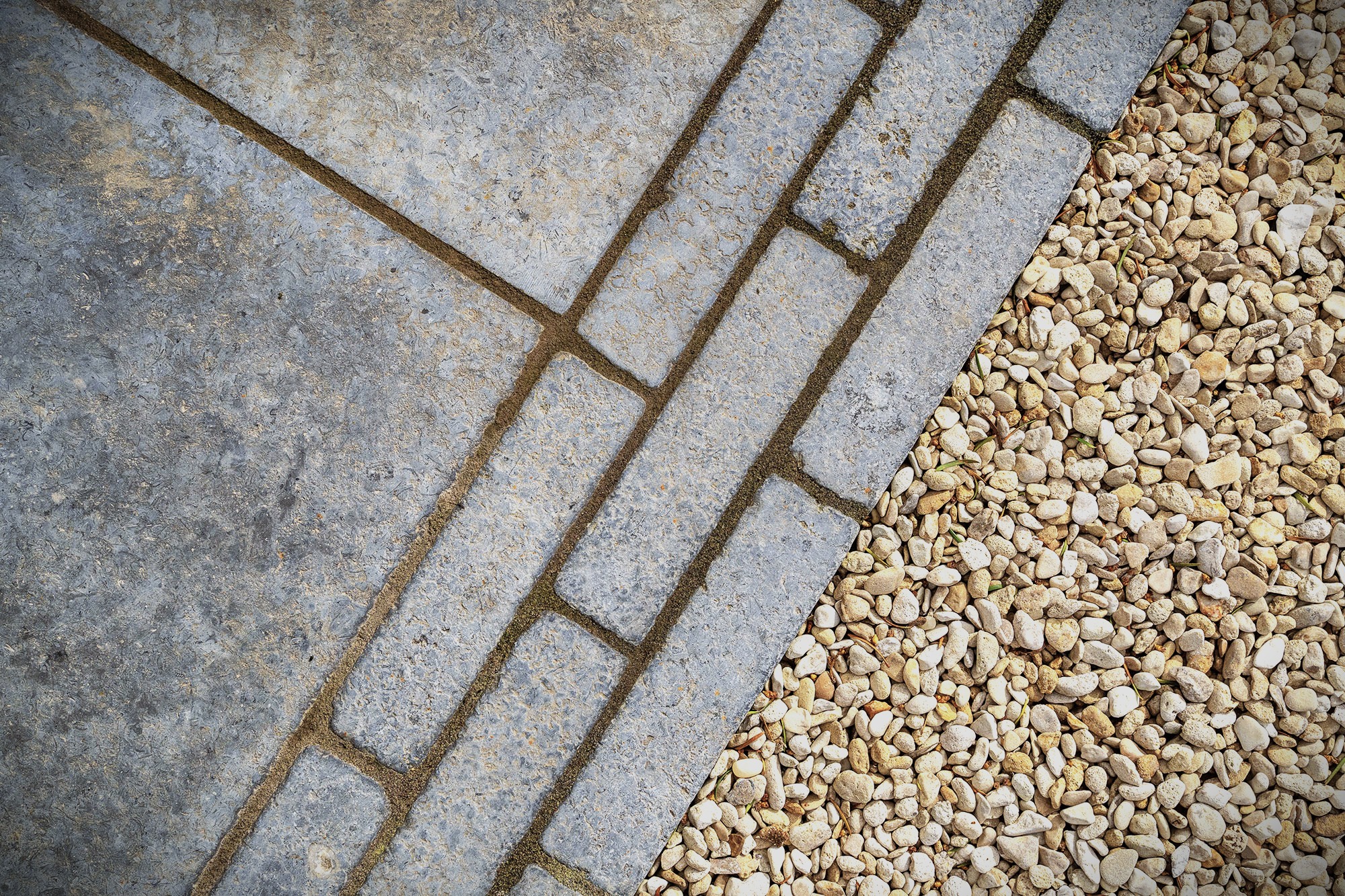Important Information
Expansion in the subbase can cause significant damage to the paving above due to the movement and pressure it creates. Here’s how:

Heaving and Lifting
- When the subbase expands, it pushes the paving material upward, creating bumps or ridges.
- This is common in subbases containing clay soils or materials that swell when they absorb water.
- Frost heave occurs when water in the subbase freezes, expanding and lifting the pavement.
Cracking and Fracturing
- Uneven subbase expansion causes stress on the paving material.
- Rigid materials like concrete and asphalt crack due to their limited flexibility.
- Expansion joints help, but excessive movement can still cause damage.
Loss of Support & Settling
- After expansion, the subbase can shrink when moisture levels drop.
- This leaves voids or weak spots, causing sinking, settling, or cracking under traffic.
Joint Failures
- Uneven subbase expansion puts stress on pavement joints, leading to separation, widening, or misalignment.
Surface Deformation (Rutting & Buckling)
- In asphalt pavements, expansion can cause bulging or rutting, leading to permanent deformation.
- In extreme cases, roads can buckle, creating safety hazards.
How to Prevent Subbase Expansion Issues

- Proper drainage: Prevents water absorption that leads to expansion.
- Stable materials: Avoid expansive clays; use well-compacted aggregates.
- Expansion joints: Helps accommodate movement in concrete pavements.
- Proper compaction: Reduces the risk of swelling and shrinkage.
The Impact of Overly Thick and Hard Concrete
If concrete is too thick and too hard, it can worsen damage caused by subbase expansion.
Increased Rigidity = More Cracking
- Concrete naturally expands and contracts. If it’s too thick, it can’t absorb subbase movement and cracks under stress.
Greater Resistance to Subbase Movement = More Uplift & Heaving
- A thick, rigid concrete slab resists movement, forcing upward pressure that leads to heaving.
More Internal Stress and Fracturing
- When the subbase pushes upward, stiff concrete concentrates stress in specific areas, increasing the risk of deep cracks.
Joint Failures and Edge Damage
- Hard, inflexible concrete can cause joint failure, misalignment, and cracked edges.
Increased Risk of Settlement After Shrinkage
- When the subbase shrinks, thick concrete may lose support in some areas, leading to settlement and cracking.
How to Prevent These Issues
- Choose the right concrete thickness: Base this on traffic load and subbase conditions.
- Ensure proper subbase preparation: Compacting and stabilizing the subbase prevents expansion issues.
- Use expansion joints correctly: Helps reduce stress on the slab.
- Consider reinforced concrete: Reinforcement helps control cracking and distributes stress.

Subbase Hardness: Should It Be Softer Than the Surface?
Yes, but it still needs to be strong and stable.
Balance Between Support and Flexibility
- A firm but slightly flexible subbase prevents excessive stress on the surface material.
- A too-hard subbase won’t absorb movement well, leading to pavement cracks.
Preventing Reflective Cracking
- A very hard subbase forces the surface to mirror minor shifts, leading to cracking.
- A slightly softer subbase absorbs movement, preventing surface cracks.
Reducing Heaving and Buckling
- A rigid subbase doesn’t handle moisture expansion well, causing pavement bulging.
- A well-prepared, slightly flexible subbase distributes pressure more evenly.
Load Distribution for Durability
- The subbase spreads the weight of traffic loads.
- A properly compacted subbase prevents concentrated pressure points that lead to cracking.
Preventing Premature Failure
- A too-hard subbase doesn’t adjust to changes in temperature, moisture, or settling, leading to slab separation and cracking.
Ideal Subbase Characteristics
- Should be softer than the surface layer but firm enough to prevent shifting.
- Made of well-graded, compacted aggregates.
- Good drainage to prevent water buildup and expansion issues.

Protecting Stone on a Hard Concrete Subbase
If a very hard and thick concrete subbase is used, additional measures are needed to prevent cracking and damage.
Use a Flexible Bedding Layer
- A layer of sand, mortar, or fine aggregate helps absorb movement and prevent cracking.
- Sand thickness: 20-30mm (¾”-1¼”)
- Mortar or stone dust thickness: 10-20mm (⅜”-¾”)
Install a Geotextile or Membrane Layer
- Prevents direct bonding, allowing minor movement.
- Reduces moisture migration that causes expansion.
Create Expansion Joints in the Concrete Subbase
- Helps accommodate natural movement.
- Spacing recommendation: Every 3-5 meters (10-16 feet).
- Spacing recommendation: Every 3-5 meters (10-16 feet).
Use a Bond Breaker for Adhesive Layers
- Prevents direct stress transfer to the surface stone.
Choose a Flexible Jointing Material
- Polymeric sand or flexible sealants allow minor shifts without cracking.
Ensure Proper Drainage
- Drainage channels or weep holes prevent freeze-thaw damage.
Consider a Floating Stone System
- A floating system allows natural settlement, reducing damage risks.

How a Qualified Installer Determines the Correct Subbase Hardness
A professional should assess:
- The Surface Material
- Natural stone, brick, or concrete pavers: Need a firm but slightly flexible subbase.
- Large format tiles or slabs: Require evenly compacted subbases.
- Asphalt or flexible paving: Needs a well-compacted but slightly flexible subbase.
- The Load Requirements
- Pedestrian areas: Can have a slightly softer subbase.
- Heavy vehicle traffic: Requires a highly compacted subbase.
- The Soil Conditions
- Soft natural ground needs a stronger subbase.
- Hard or expansive soil may need flexibility and drainage.
- Climate and Environment
- Freeze-thaw cycles: Require good drainage.
- Wet areas: Need water-resistant subbases.
- Expansion and Movement Considerations
- Rigid materials (stone slabs, concrete): Need a slightly flexible subbase.
- Flexible surfaces (asphalt, compacted gravel): Need a firmer base.

Important Information About Subbase Requirements
Paving performance depends on proper subbase preparation. Expansion in the subbase can cause movement and damage, which is beyond our control. Stoneworld is not liable for any issues caused by improper subbase installation or natural ground movement.




